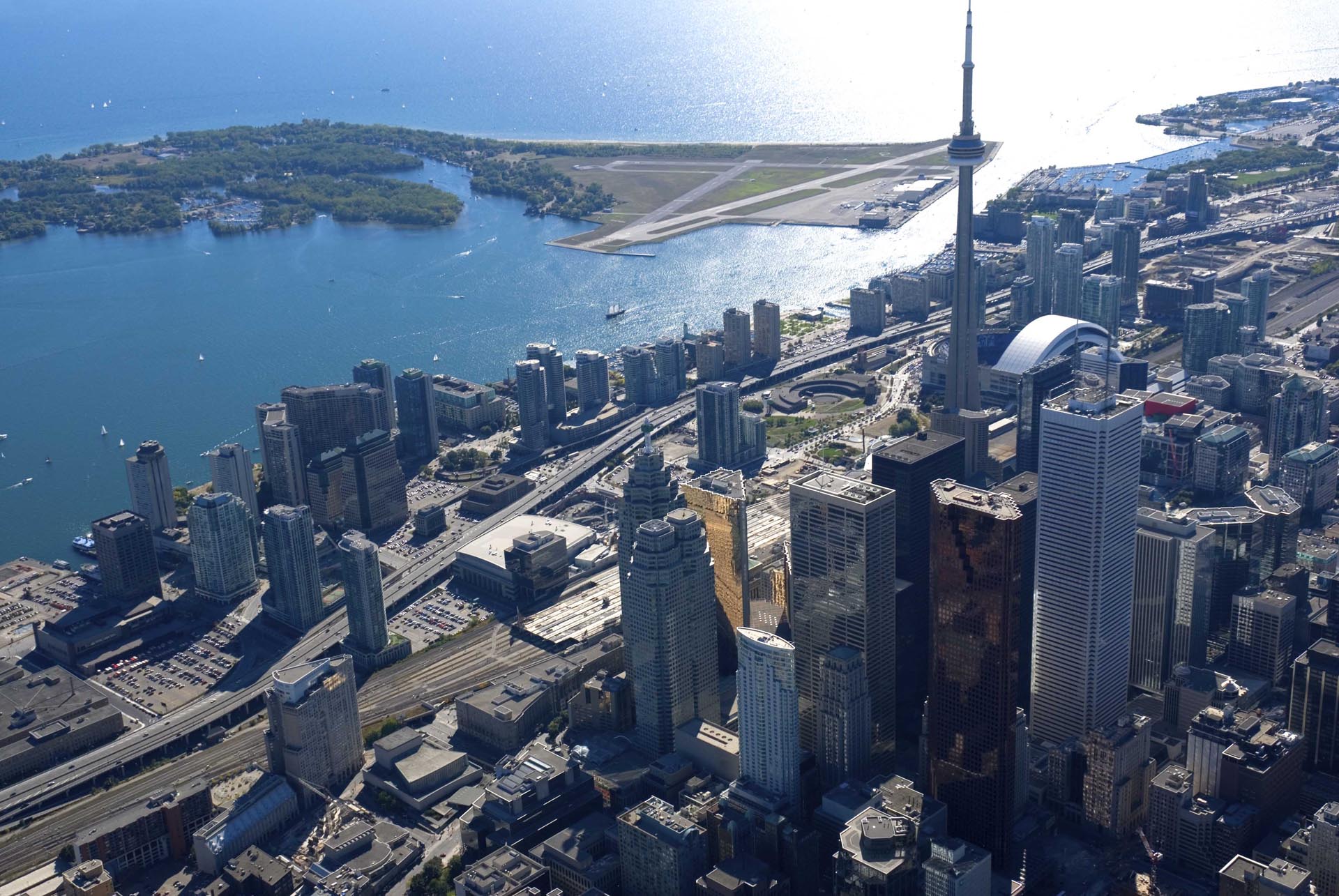Canada’s addiction to real estate-driven growth won’t be easy to break, being such a large share of the economy. Statistics Canada (Stat Can) released annual provincial data for Real Estate and Rental and Leasing (RERL). RERL is a share of gross domestic product (GDP) sourced from real estate services. Over the past two decades, RERL has become a much larger share of the economy. It’s now so large in some provinces, that up to 1 in 5 GDP dollars are generated from the sector.
Real Estate And Rental And Leasing
Real estate and rental and leasing (RERL) is the most direct contribution of the industry’s services to GDP. The sector primarily consists of firms that rent, or help sell or buy real estate. It also includes services such as leasing or appraisal on behalf of others. It’s a far from comprehensive tally of the real estate industry’s contribution to GDP. Notable areas excluded are construction and building, or financing of real estate. However, by itself these real estate services are a very large share of GDP for provinces.
Canada Gets 13.5% of GDP From Real Estate Services
Canada’s real estate industry is swallowing the country’s whole economy. Well, it’s getting there. RERL represents 13.5% of GDP in 2021, down slightly from 2020 (13.6%). That year public health restrictions pulled GDP lower, but not RERL, so the drop is more of a base effect anomaly. The general trend has been showing higher and higher growth.
Over the past two decades, RERL has outgrown the general pace of GDP, representing a larger share. The current level is significantly higher than it was in 2010 (12.2%) or 2000 (10.7%). As this share climbs, it means more capital, both human and financial, are allocated to this sector. The trade of non-productive assets is now 1 in 7 dollars of GDP, excluding actually building the homes.
Some of Canada’s Provinces Get Up To 1 In 5 GDP Dollars From The Real Estate Trade
As high as the national share is, some provinces are even more dependent. BC leads with 1 in 5 GDP dollars (19.6%) coming from RERL. Nova Scotia (17.2%), and Manitoba (14.2%) were the second and third highest share, respectively.
Ontario (13.6%) is just above the national average, but is home to 38.3% of total RERL activity. Elevated activity in the province has definitely padded national GDP growth. Its slowdown is also likely to act as a drag with credit growth so high, and builder activity projected to slow.
Even Provinces With The Lowest Share Still Have Significant Dependence
The provinces with the smallest share of GDP from RERL were still very high. The bottom three on the list are Alberta (11.3%), Saskatchewan (10.3%), and Newfoundland (9.5%). Despite being at the bottom of the list, the share of the economy from real estate services is still around 2000 levels.
Canada is extremely dependent on real estate for GDP growth, which brings up two big concerns. First, higher interest rates are projected to slow activity. Being heavily concentrated in the sector means GDP will slow in general for many regions. This is one of the issues with being overly allocated to a single industry.
Second, household debt has surged to maintain this growth. To drive it further, even more household debt will be needed to sustain activity. As household debt grows, long-term productive growth in GDP is slowed. This issue becomes systemic and hinders national productivity by diverting investment.
In other words, short or long-term pain. But fostering such a large dependence means pain regardless of which path is taken.
